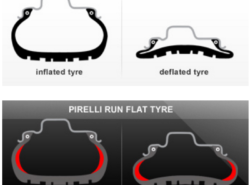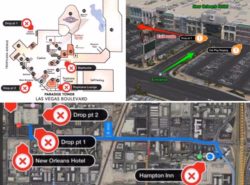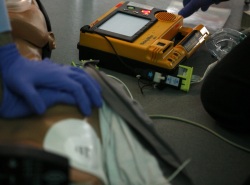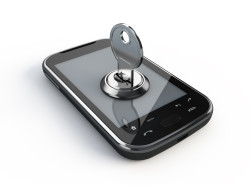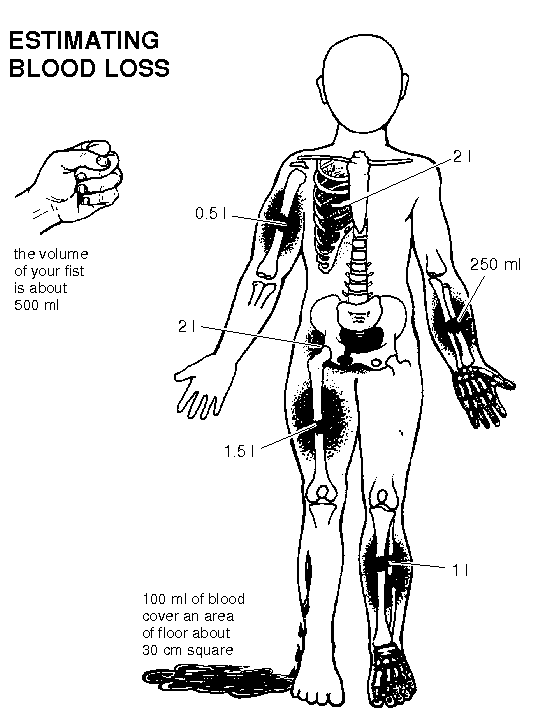Men’s Professional Attire: How to Dress the Code
As the less fashion-inclined gender, we have an uphill hike when it comes to adhering to and succeeding at professional dress codes. For many, reading a dress code term is quickly followed by a Google search and maybe a last minute trip to Joe Banks. Hopefully, this ‘beginner’s guide’ will shed some light on how to get your ‘GQ’ on in any dress code, cover some do’s and don’ts and offer some essential items to start building your wardrobe while focusing on how to maintain your functionality and stay dangerous.



